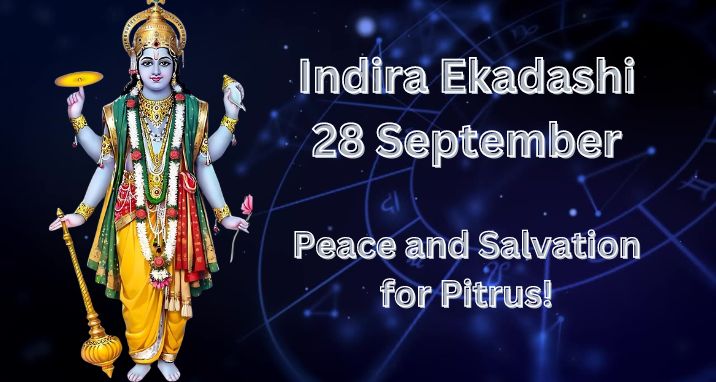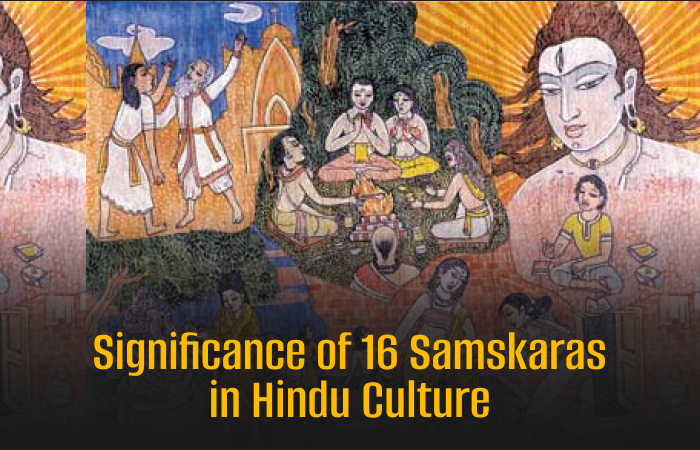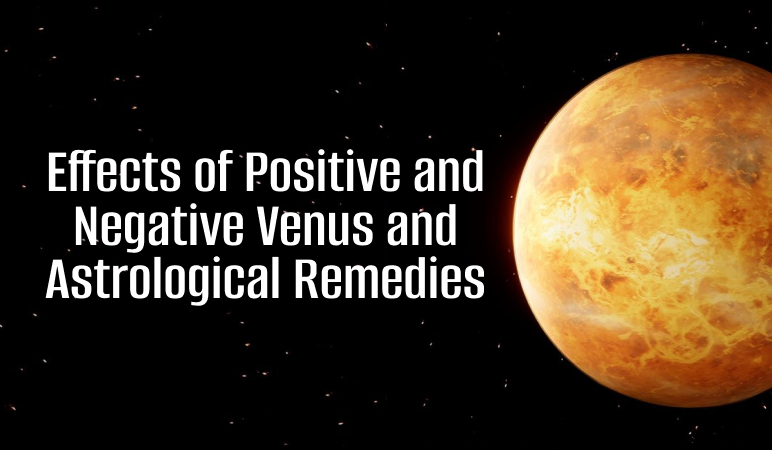What is the Significance of Adhik Maas?

Adhik Maas is an extra month in the Hindu calendar. It was originally added to keep the solar and lunar months aligned. The Adhik Maas is dedicated to Bhagwan Narayana, which is why it is also known as the “Purshottam Maas.”
It is based on the lunar calendar, which follows the cycles of the moon, while the solar calendar follows the cycles of the sun. These two calendars do not perfectly align, leading to a gradual misalignment over time.
To correct this, Adhik Maas is added to the lunar calendar at specific intervals, usually once every three years. Adhik Maas ensures that religious festivals and observances align with the appropriate seasons and astronomical events.
What is the Significance of the Adhik Maas?
Scientific Significance of the Adhik Maas
The Moon takes 27.3 days to complete an orbit around the Earth, while the Earth takes 365.25 days to orbit around the Sun. Adhik Maas is an extension of the lunar calendar, which differs from the solar calendar by about 32.5 months. According to Indian numerology, a lunar year consists of 354 days, whereas a solar year consists of 365 days, creating a difference of 11 days each year. Over three years, this difference accumulates to approximately one month. Adhik Maas is added to the lunar calendar to bridge this gap, thereby aligning the lunar and solar years and ensuring that the calendars stay in sync.
This occurs because the solar month extends for 301/2 days, whereas the lunar month extends for only 291/2 days. Therefore, the month in the lunar calendar where the sun does not move into a different zodiac sign is commonly known as the additional month or Adhik Maas. Thus, every third year, there are two months of the same name in the Hindu year.
Religious Significance of the Adhik Maas
Adhik Maas is seen as a special time for vrats and Daan-Dharma. This extra month occurs because, during Adhik Maas, the Sun does not move through any zodiac sign, meaning there is no Surya Sankranti (the Sun’s transition from one zodiac sign to another). This lack of transition causes variations in the movements of the Moon and Sun, which can affect environmental changes, including eclipses. In ancient times, people believed these environmental changes could impact health and well-being. Therefore, one should perform good deeds, such as vrats and danas during this period.
What is the Story Behind the Adhik Maas?
Purushottam Maas, originally called Malmas, was once considered insignificant and impure, lacking importance and praise. However, without it, accurately calculating the year would be impossible, leading to chaotic timekeeping.
Malmas went to Sri Hari Vishnu, who granted him a boon, making him the deity of this month and blessing it with divine qualities. It was renamed the Purushottam Maas, and Sri Hari Vishnu declared that it would gain fame through this new name. Since then, this special month has been connected with Bhagwan Sri Hari Vishnu, and chanting his name and worshiping him during this time is considered highly auspicious.
When does the Adhik Maas Occur?
Adhik Maas occurs once every 3 years. There is no Adhik Maas in 2024. The next Adhik Maas dates are as follows:
- 2026 Sunday, May 17
- 2029 Friday, March 16
- 2031 Tuesday, August 19
Frequently Asked Questions
Q: What is the concept of Adhik Maas?
A: Adhik Maas is an extra month in the Hindu calendar. It was originally added to keep the solar and lunar months aligned.
Q: Is Adhika Masa auspicious?
A: Worshiping Shri Purushottam and practicing fasting during this month are believed to free devotees from misery and poverty, and cleanse them of their sins.
Q: Can you get married during Adhik Maas?
A: You should not get married during Adhik Maas, as getting married during this period would keep you unhappy.









